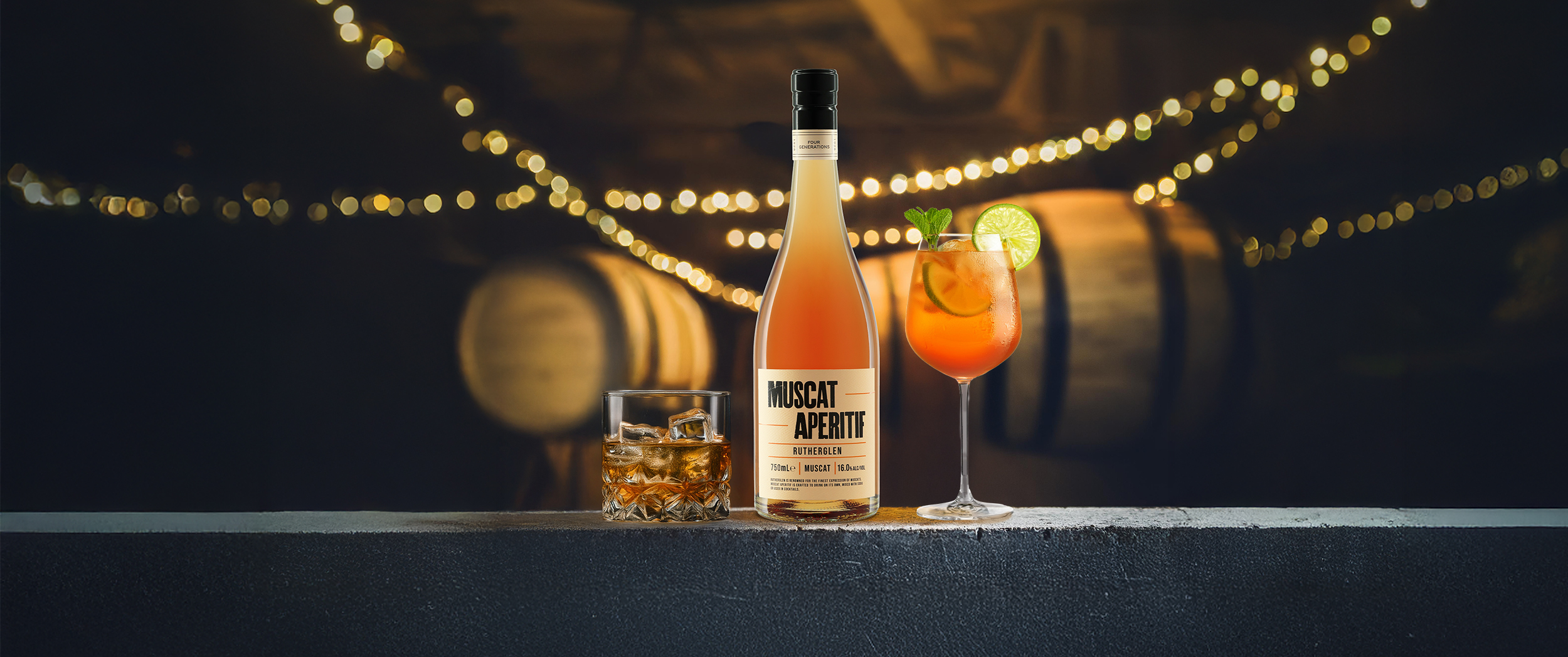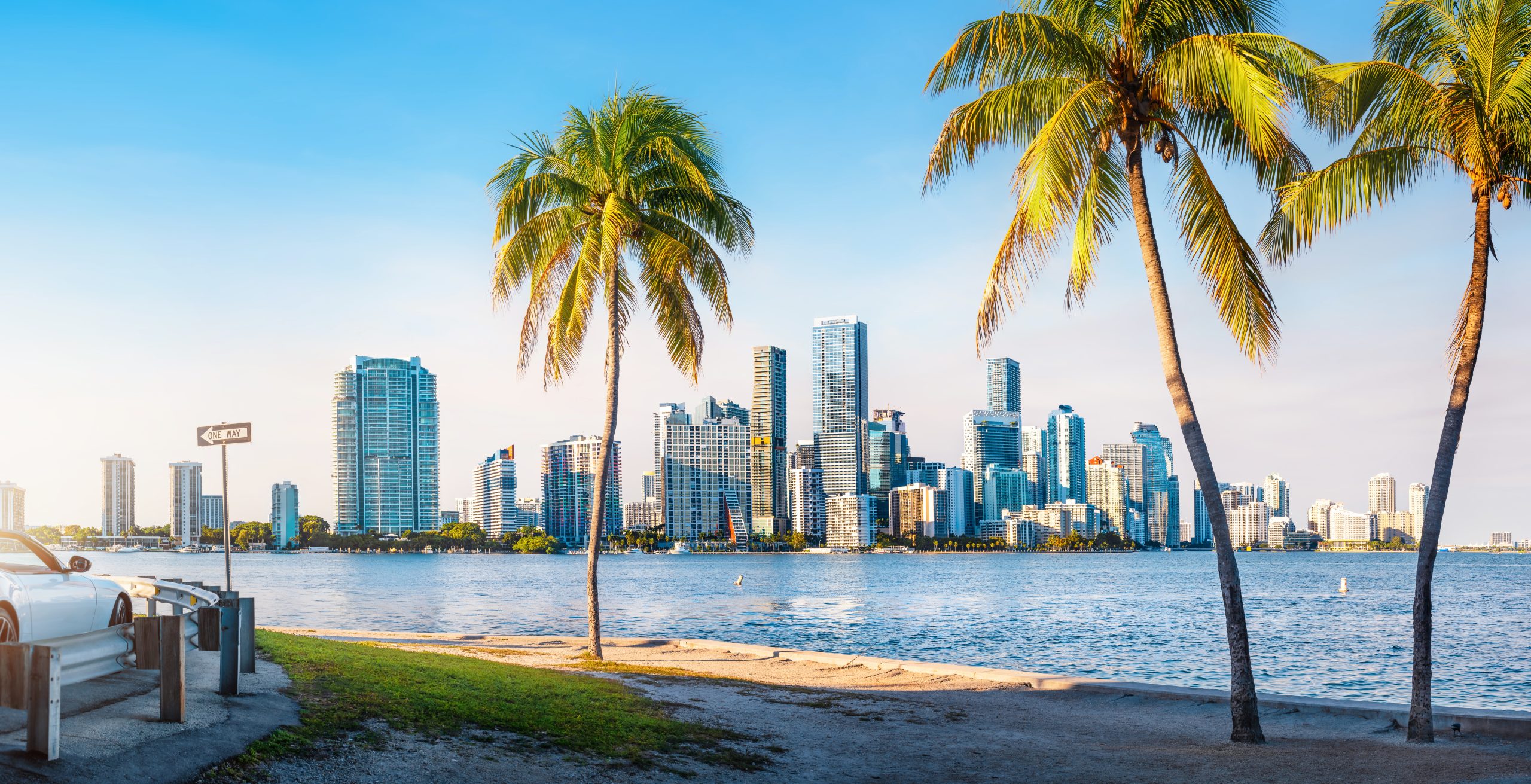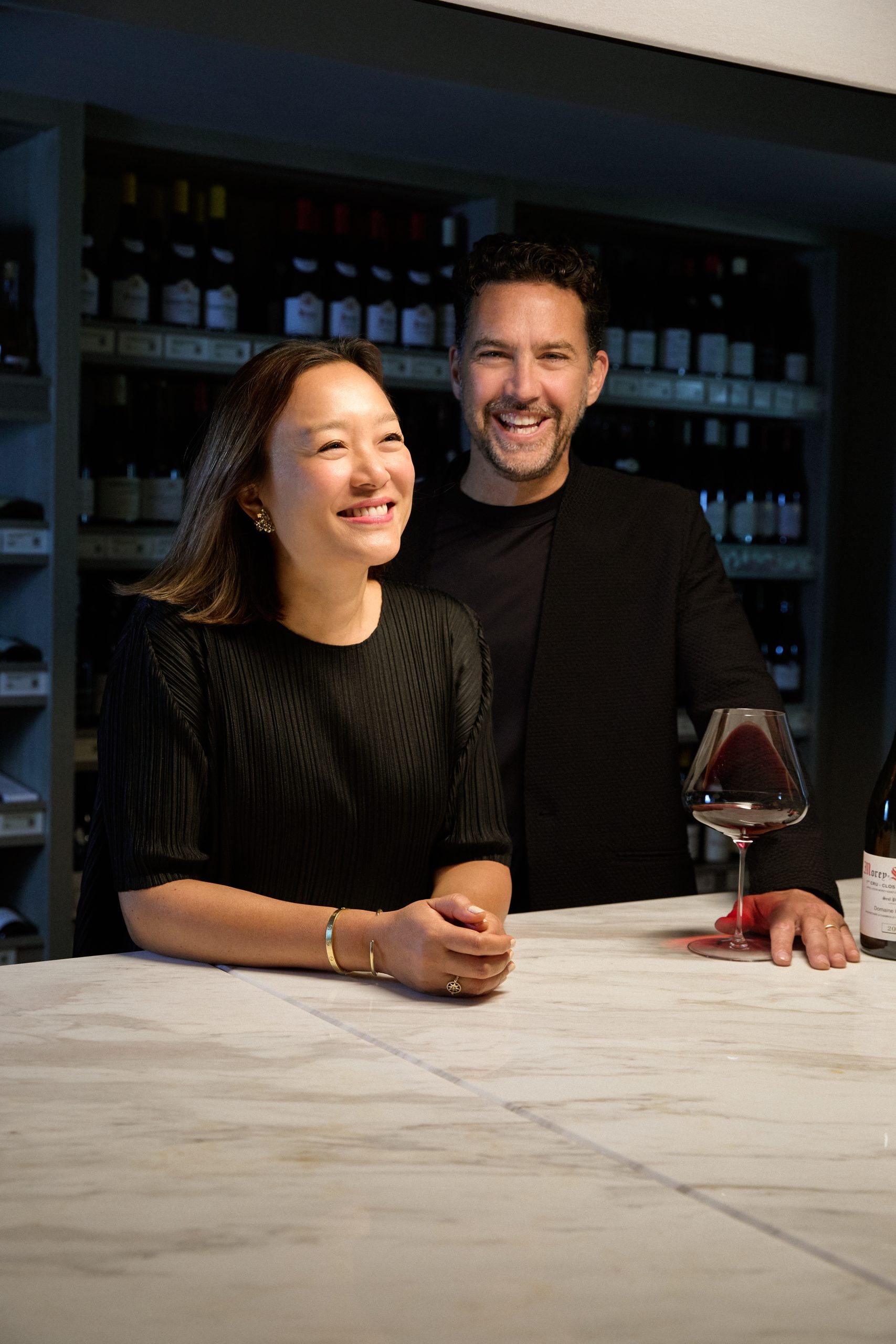Saignée rosé “not true rosé”
François Millo, president of the Provence Wine Council (CIVP) has slammed saignée method rosé as “not true rosé.”
Speaking to the drinks business at the London International Wine Fair last week, Millo said: “People who make saignée rosé are opportunists. In their mind they are making red wine – the rosé just happens to be a by-product.”
“The saignée method is a bad way of making rosé. The wine is more of an afterthought, very few people in Provence use it.
“85% of the wine we produce in Provence is rosé, so it’s at the top of our priority list – our grapes are grown for rosé and our harvest is done for rosé,” Millo added.
The saignée method (meaning “bleeding” in French), involves making rosé as a by-product of red wine fermentation, where a portion of the pink juice from the grape must is removed at an early stage, which is fermented separately to produce rosé.
Millo favours the skin contact method, where black-skinned grapes are lightly crushed and the skins remain in contact with the juice for 1-3 days. The must is then pressed and the skins discarded.
Millo told db that rosé producers in Provence are aiming for the lightest colour possible without compromising the flavour profile, in response to consumer demand.
“There’s a strong demand for the signature pale onion skin colour assocaited with Provence. Consumers see a lighter colour as a sign of quality,” he said.
Partner Content
“We’ve worked hard recently on methods that allow us to extract the maximum flavour while keeping the wine as light in colour as possible. Techinques like night harvesting and macerating at lower temperatures have helped,” he added.
Millo has seen exports of Provence rosé surge in the US, up 20% on last year, with China and Brazil also proving lucrative markets.
Despite its recent success, he feels the rosé category is still lacking both a recognised vocabulary and a world expert.
“Rosé is the hardest wine to taste – there is no specific vocabulary for the flavours and aromas and no world expert specialising in rosé,” Millo admitted.
Asked whether he’d like rosé to be taken more seriously as a wine style, Millo warned of the dangers of naval gazing.
“We want our wines to be taken seriously, but we don’t want to take ourselves too seriously. Bordeaux started taking itself seriously and it got boring,” he said.





AMEN! Saigne wines are heavier and not as refreshing. Since they are come from grapes that are picked later, they often need a lot of manipulation to change the chemistry (lower the alcohol, lower the pH and raise the acid).
What grapes are typically used to make rose in the Provence manner? Thank you.
Does anyone see a contradiction? Siagnée method remains a method. Whether it is a by-product or not is irrelevant. Whilst he advocates skin contact and a light crush, does it remain a saignée method because the must is not discarded? Baffled.
The main difference is that skin-contact Rose is made with grapes that have been grown and harvested at optimal levels to make a Rose. Saignee Rose’s are made from grapes that have fully ripened and which are destined to make a red wine, thus the whole reason of Saignee is to concentrate red-wines. The resulting Rose lacks acid and brightness and further manipulation is needed to correct and make it drinkable(ie: adding tartaric acid).
is it known that red grapes destined for saignee method are picked later than grapes destined for rose made using maceration? If so, can someone please point me to an example, perhaps a producer that addresses this aspect in his/her tech sheet for a particular wine?
Thank you.
@John Harford – no, it’s not known. It depends a lot on the grapes and the style the red is being made in. For example, the saignee white zinfandel I made as an experiment came from grapes picked at 24 with a pH of 3.2. The idea that all saignee by default will be in the same style and be adjusted with tartaric acid or whatever is bizarre.
Interesting discussion here. If what Jose says is true then that is a valid argument but if the grapes indeed are picked at the same time as John H wanted to clarify then I agree the argument completly fails.
The reality is that the election is right around the corner and many votes wont even happen. Get out and vote.